1. Ammirati M, Spallone A, Ma J, Cheatham M, Becker D. An anatomicosurgical study of the temporal branch of the facial nerve. Neurosurgery. 1993; 12. 33(6):1038–1043. discussion 1044PMID:
8133989.

2. Blaisdell FW, Steele M, Allen RE. Management of acute lower extremity arterial ischemia due to embolism and thrombosis. Surgery. 1978; 12. 84(6):822–834. PMID:
715701.
3. Bowles AP Jr. Reconstruction of the temporalis muscle for pterional and cranio-orbital craniotomies. Surg Neurol. 1999; 11. 52(5):524–529. PMID:
10595774.

4. Brunori A, DiBenedetto A, Chiappetta F. Transosseous reconstruction of temporalis muscle for pterional craniotomy: technical note. Minim Invasive Neurosurg. 1997; 3. 40(1):22–23. PMID:
9138304.

5. Coscarella E, Vishteh AG, Spetzler RF, Seoane E, Zabramski JM. Subfascial and submuscular methods of temporal muscle dissection and their relationship to the frontal branch of the facial nerve. Technical note. J Neurosurg. 2000; 5. 92(5):877–880. PMID:
10794306.
6. de Andrade Júnior FC, de Andrade FC, de Araujo Filho CM, Carcagnolo Filho J. Dysfunction of the temporalis muscle after pterional craniotomy for intracranial aneurysms. Comparative, prospective and randomized study of one flap versus two flaps dieresis. Arq Neuropsiquiatr. 1998; 1. 56(2):200–205. PMID:
9698728.
7. Im TS, Lee YS, Suh SJ, Lee JH, Ryu KY, Kang DG. The efficacy of titanium burr hole cover for reconstruction of skull defect after burr hole trephination of chronic subdural hematoma. Korean J Neurotrauma. 2014; 10. 10(2):76–81.

8. Kadri PA, Al-Mefty O. The anatomical basis for surgical preservation of temporal muscle. J Neurosurg. 2004; 3. 100(3):517–522. PMID:
15035289.

9. Kang HJ, Lee YS, Suh SJ, Lee JH, Ryu KY, Kang DG. Comparative analysis of the mini-pterional and supraorbital keyhole craniotomies for unruptured aneurysms with numeric measurements of their geometric configurations. J Cerebrovasc Endovasc Neurosurg. 2013; 3. 15(1):5–12. PMID:
23593599.

10. Lee MS, Lee YS, Lee JH, Ryu KY, Kang DG. The efficacy of temporal mesh plate floating technique for keyhole site depression after frontotemporal craniotomy. J Korean Neurotraumatol Soc. 2011; 10. 7(2):78–82.

11. Matsumoto K, Akagi K, Abekura M, Ohkawa M, Tasaki O, Tomishima T. Cosmetic and functional reconstruction achieved using a split myofascial bone flap for pterional craniotomy. Technical note. J Neurosurg. 2001; 4. 94(4):667–670. PMID:
11302673.
12. Miyazawa T. Less invasive reconstruction of the temporalis muscle for pterional craniotomy: modified procedures. Surg Neurol. 1998; 10. 50(4):347–351. PMID:
9817458.

13. Oikawa S, Mizuno M, Muraoka S, Kobayashi S. Retrograde dissection of the temporalis muscle preventing muscle atrophy for pterional craniotomy. Technical note. J Neurosurg. 1996; 2. 84(2):297–299. PMID:
8592239.
14. Rhoton AL Jr. Anatomy of saccular aneurysms. Surg Neurol. 1980; 7. 14(1):59–66. PMID:
7414487.
15. Salas E, Ziyal IM, Bejjani GK, Sekhar LN. Anatomy of the frontotemporal branch of the facial nerve and indications for interfascial dissection. Neurosurgery. 1998; 9. 43(3):563–568. PMID:
9733311.

16. Spetzler RF, Lee KS. Reconstruction of the temporalis muscle for the pterional craniotomy. Technical note. J Neurosurg. 1990; 10. 73(4):636–637. PMID:
2398396.
17. Yaşargil MG. Microneurosurgery. Vol.I. New York, NY: Thieme;1984. p. 217–220.
18. Yaşargil MG, Reichman MV, Kubik S. Preservation of the frontotemporal branch of the facial nerve using the interfascial temporalis flap for pterional craniotomy. Technical article. J Neurosurg. 1987; 9. 67(3):463–466. PMID:
3612281.
19. Zager EL, DelVecchio DA, Bartlett SP. Temporal muscle microfixation in pterional craniotomies. Technical note. J Neurosurg. 1993; 12. 79(6):946–947. PMID:
8018137.
20. Ziccardi VB, Mu L, Schneider RE, Sanders I. Innervation pattern of the temporalis muscle. J Craniofac Surg. 1998; 3. 9(2):185–189. PMID:
9586549.

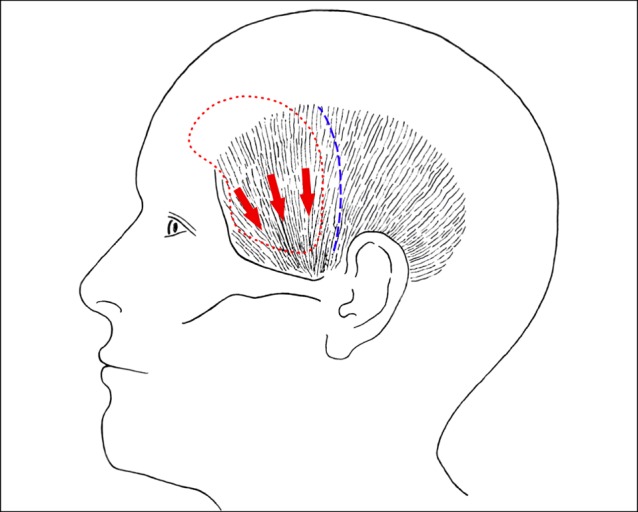
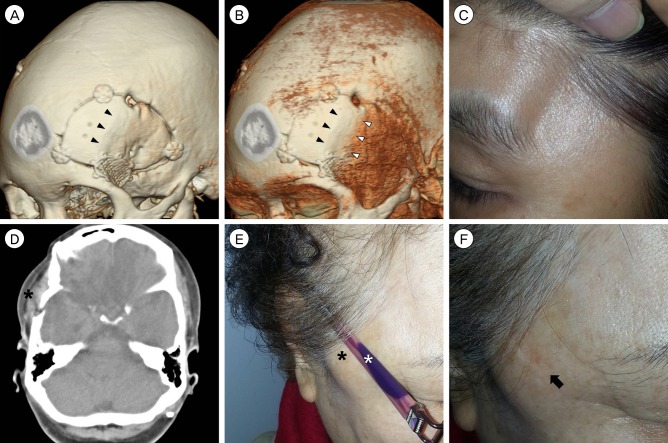
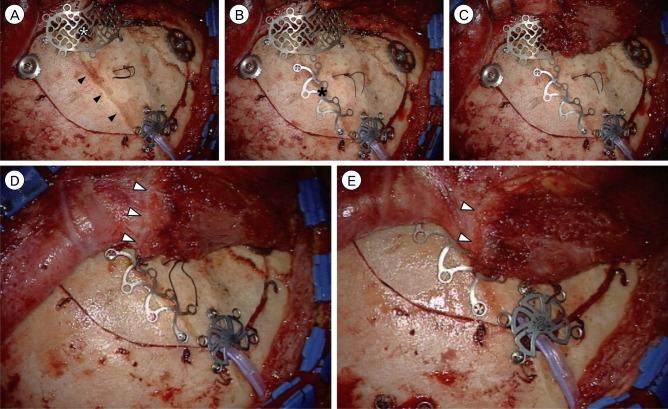
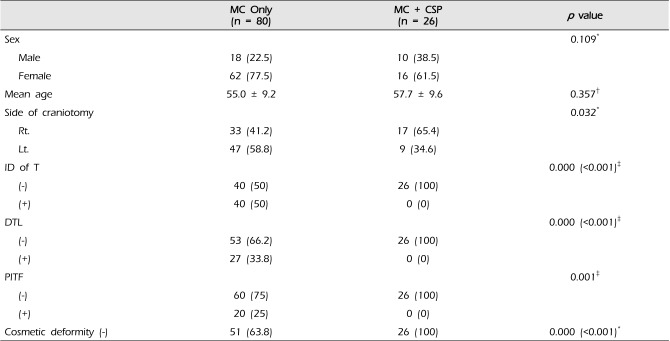





 PDF
PDF ePub
ePub Citation
Citation Print
Print


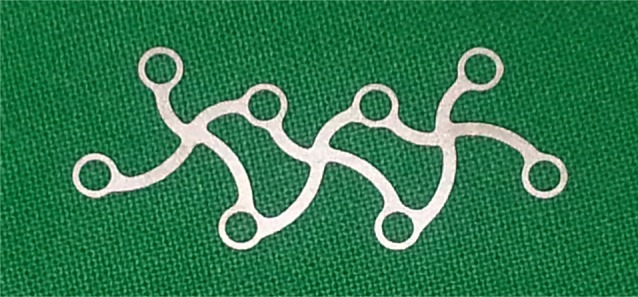

 XML Download
XML Download